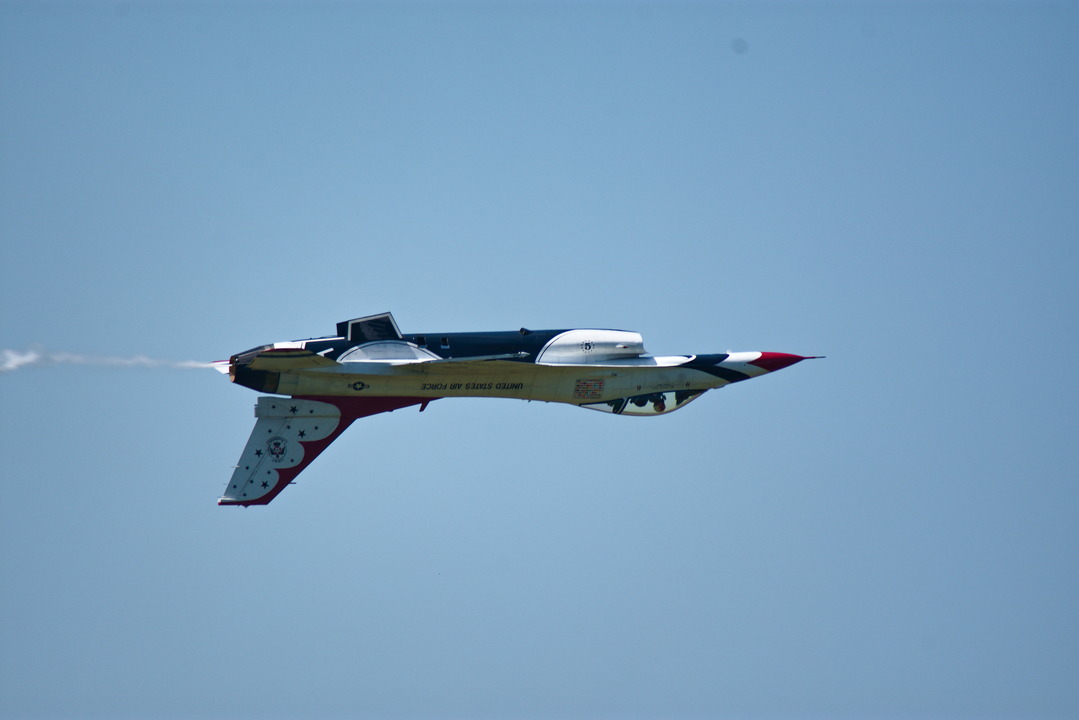Capital A Amateur
What counts as Amateur radio? Is meshtastic on ISM to be considered ham radio?
What counts as Amateur radio? Is meshtastic on ISM to be considered ham radio?
ARRL’s Logbook of the World has a full public key infrastructure.
This can be handy if you need to bootstrap some kind of auth or PKI from a large group of existing users.
When I was looking for ham clubs, age difference wasn’t the underlying problem. It was the attitudes. Any number of them.
Docker won’t run cross-platform containers any more. What gives?

Continuing the paragliding, skydiving, and being recently unemployed trend of worrying my parents and friends, I bought a motorcycle.
I got laid off! Along with a huge chunk of the company.
Really cool example of turbulent air caused by some mountains. Ran across this and I’m keeping it here as a cool way of showing just how big turbulence can be.
(Paragliding) This is a must-watch video on throwing the reserve where we see the generally poor safety culture in paragliding get a massive kick in the butt.
M17 is an open source land mobile radio digital voice and data protocol, and the M17 Project is a worldwide community implementing that protocol.
M17 is fully open including the voice codec. Competitor protocols have proprietary codecs, which limits their hackability and your freedoms.
This is M17. Experiment, innovate, learn, build and fix at your own will.
Benefit from others doing the same thing. Repeat!
Hi everyone! I made and maintain https://dmr.tools/ and would like your feedback on it, especially if you’ve been using it over the years, and your stars on the github source
Chip posted this the other day titled “Open Letter to MMDVM Board/Hotspot Vendors”.
I don’t have much to add. I’ve been bitten by this too. Many hotspot vendors are skimping on quality or other various aspects, or otherwise sell you something that is artificially limited.
I figured I’d link his post for what little extra attention it might gain his message, and mention a couple sellers that are good while I’m at it.
In land mobile radio, it can be handy to have a legible shorthand for describing a channel. Over time we’ve seen one evolve, that I’ve formalized a bit to implement in dmr.tools.
Yaesu’s FTM-300 mobile VHF/UHF radio has a bug related to decoding digital data from the data port in the back.
I discovered the hard way that the cable for Hytera PD362s from BlueMax49ers was not correctly made on multiple levels. (Written early June 2023)
The FCS-152 is a visual clone of the PRC-152 that offers FM analog VHF/UHF voice communications.
If you play the flight simulator DCS World and happen to have a bass shaker or buttkicker handy, and are comfortable with Python, you’ll want this.
This is meant to be a series of short and sweet guide to a few ways to run M17 over RF today. This one focuses on transmitting and receiving M17 with m17-cxx-demod and GnuRadio. This’ll require a little more Linux familiarity than the OpenWebRX guide, but it’s not too bad.
I’d say the hardest part is making sure you have the right dependencies installed - on some linux systems it can be a real bear. If you run into any troubles, make sure to ask for help and we’ll try to sort it out and get it documented.
What’s new?
This is meant to be a series of short and sweet guide to a few ways to run M17 over RF today. This one focuses on receiving M17 with OpenWebRX.
What’s new?
I got firmware updates through WebUSB working for 1st and 2nd gen TYT radios last night. Previously it onl;y supported 1st gen (single banders).
2020 has been a hard year. With family medical issues, a dying (and now passed) dog, the end of 2020 was particularly rough.
There’s one bright point - I soft launched DMR.Tools, specifically to help my first user.
Some new updates for ProgramRadios/DMRTools involving encryption keys.
Open Research Institute (ORI) has sponsored us (M17)!
Check us out on their projects page, and keep reading to see why this is good for M17.